5 Hiking Supplies Perfect for Families!
This post may contain affiliate links and I may be compensated for this post. Please read our disclosure policy here.
5 Hiking Supplies Perfect for Families!
Do you have a goal to get outdoors more with your family? One of the best ways to exercise as a family is to go on family hikes (or if you do not live near any hiking areas, make it a point to find new parks for family walks). In order to make your hikes the best possible, there are a few hiking supplies you will want to have with you.
One of our goals for this year as a family is to do at least 1 family hike every month. Not only is a hike together a great way for the whole family to exercise and a lot more fun for kids, but it is also an important way to spend time together screen-free and have more time to talk together, explore & learn about new areas around where you live. We have also learned about what hiking supplies are best for family hikes, during these past trips.
If you are new to hiking with your kids, I wanted to share some of our favorite items to bring with us on our hikes. Whether we are going for just a short, hour long hike nearby or a longer half day adventure, we always try to be prepared with the basics in our backpacks to be prepared for any emergency.
The most important items to bring with you are the “10 Essentials” – this is the term used in the hiking world for the items you should bring with you on every single trip, regardless of whether it’s one mile or 10 miles, as you never know what you could encounter or what could happen on your hike. But I’ve also found that there are additional items that are helpful for those of you hiking with kids!
I will always remember the story of the 140+ hikers in the Columbia Gorge area in Oregon who had hiked just under 2 miles in to Punchbowl Falls. Little did they know, the Eagle Creek Fire would start while they were at the falls & they would be forced to sleep overnight in the forest and make a 14 mile trek to get around the fire & back to safety. Most of them did not have basic supplies as they expected it to be just a little under 4 miles round-trip for the hike. Definitely a lesson in always being prepared even for the smallest of hikes!
Here are 5 items we consider to be very important Hiking Supplies, especially when hiking with your family (kids). We aslo share the list of the 10 Essentials for Hiking below too, so you can be as prepared as possible.
5 Important Hiking Supplies – Especially When Hiking as a Family
Hiking Boots & Accessories
Typical PNW hiking weather – you need boots with lots of traction!
Number one most important hiking item to me are what you put on your feet. If you are not comfortable in your footwear, it will make a big difference whether or not you enjoy your hike. I personally prefer hiking boots, but I have friends who love hiking shoes, so it’s really up to your personal preference.
I personally prefer my hiking boots be slightly bigger with a bigger toe box for a little more wiggle room when going up or down an incline on hikes. However, that can make them a little wiggly, too, so a great idea is to use insole or heel pads inside your hiking boots or hiking shoes. These are metatarsal pads which are small pads that you can place inside your shoes or boots to give the ball of your foot more cushion. Definitely a much needed item when hiking long distance and with elevation gain, too.
A few favorite hiking boots or shoes:
- Keen boots – these are my personal favorites as they have a large toe box so there’s more wiggle room (just grab some of those metatarsal pads if you need some extra cushion & if they’re a little big in the toes). I think mine are the Keen Targhee Mid-Height waterproof boots.
- Hoka boots & shoes – several of my friends absolutely love hiking in their Hoka boots or hiking shoes. These are my favorite for walking/jogging, because they have such great support & cushion, so I can imagine how nice they are for hiking!
- Oboz hiking boots – my daughter had a pair of these (she actually got them thru a Buy nothing group – always keep a lookout for hiking boots this way) & these were such nice quality boots! A great option!
And before we get too far into our list, if you are hiking wiht your family, you might want to bring along our Hiking Scavenger Hunt to keep the kids engaged & active on your hike too!
Backpack for Everyone
One thing we have found to be important on our hiking trips is for each of us to have a backpack (with either bigger backpack for the whole family that dad or mom will carry or all 4 of us have a backpack). We started our girls with backpacks even as preschoolers (tiny little backpacks) as we felt it was important to establish good hiking skills early on & that means always being prepared with your own backpack. Typically, they always carry their water source (whether it’s a hydration pack – we like the backpacks with hydration packs) or a water bottle, so they can access their water any time they need. (We keep the larger water bottles to refill in the main backpack). It is so important to always stay hydrated on a hike and with a hydration pack, our girls have always found it is more fun to drink from the straw, so that tends to get them drinking more, too.
We also like to carry our own snacks in our pack, so they can access on their own when we have snack breaks (depending on the age of your child – you won’t want to do this, if they will eat their snacks in the first 15 minutes of the hike – ha!). If they have a kid-friendly camera, they can bring that in the pack to take pictures when they want. Or if we are hiking in a National Park, they can do the Junior Ranger badge & keep this & a pencil in their pack to fill out as they go. We also will keep warmer clothes in our pack like a light jacket or a pair of gloves. Even in the fall or spring in the Northwest, it can get chilly in the early morning or later afternoon if you’re in the shade.
A few favorite backpacks:
- Osprey Backpacks – this is our personal favorite brand of backpacks. They are pricier than some, but such high quality (literally last for years) & the comfort for longer hikes is SO worth it. I’d recommend trying backpacks on at an outdoor store like REI first, though, to see what you like/don’t like.
- Columbia Backpacks – my girls got a small Columbia backpack years ago & these have really come in handy to have a small backpack to carry water & snacks for them.
- REI Backpacks – We also have an REI backpack & love the quality & comfort of their backpacks. Their price is often a much better price point, too, if you’re looking for more affordable options.
Bug Spray
Depending on where you live, this may be something you never leave home without – or if you are in certain areas of the Northwest, you may think you don’t need it as we don’t have a huge problem with mosquitos out here. However, even out here in the NW, we have had numerous times when we forgot bug spray & were quite miserable without it. If you are hiking anywhere near water (rivers, lakes, etc), those bugs will be out in force, even if it’s not an area you would expect. Kids will be miserable without bug spray/repellent, so definitely not one to forget if you think there’s any chance you will encounter bugs. There are a number of environmentally safe bug sprays you can use in the outdoors, too.
Hand Sanitizer
This is such an important item to always carry with you & we like our kids to carry their own bottle as well. My girls love the cute little hand sanitizer bottle holders you can buy in the stores so they can keep it as a keychain. They like it for looks – I like them for the ease of use as they are always readily available with their backpacks on. I can’t tell you how many trailheads we go to where there may be bathrooms & sometimes water to wash hands or sometimes now, but rarely soap it seems. So, always keep the hand sanitizer with you where ever you go for your kids to use frequently.
Hiking Poles or Walking Stick
It wasn’t until I started regularly hiking in the Northwest with my kids that I realized the value of using hiking poles (or a walking stick) while hiking. This is for several key reasons. No matter where you are, hiking will be occurring on uneven ground, whether it’s gravel & pot holes or roots & rocks you will be climbing up & over. By having hiking poles, you will increase your mobility by providing a stable source that you can lean on whenever you hit those patches that you are unprepared for. It will enable you to go places that you may question without any support or you’ll be regretting later if you tried it without a stable source to hold onto.
One of the most important reasons to bring hiking poles is to increase your stability on the trails, no matter what the weather is like or the trail conditions. With the frequent rain here in the Northwest, trails can be muddy which creates instability and more chances of getting hurt by slipping. I’ve also found many trails to be full of roots from all the trees, especially on the western side of the Cascades in the northwest. Between all the roots & rocks that can be found on trails, there is a much greater chance of twisting an ankle or a knee as you head up or down a trail. Having hiking poles to lean on and provide that support in those slippery areas can save you from an injury on your hike.
The other important reason for using hiking poles is that they provide support for your knees heading downhill on a trail. I have struggled with knee issues on almost every downhill for hikes. I have no issues at all any other time with my knees – walking, jogging or hiking uphill. But boy, I get pain & swelling heading downhill, especially if there are a lot of roots & rocks to step down from or stairs. I am in several NW hiking groups on Facebook and this is the number one suggestion from the members when asked about knee problems on hikes – to use hiking poles on your hike to give you that support as you make your way down the trail so it doesn’t put as much pressure on your knees.
Hiking poles or walking sticks we recommend:
- Costco – this is where I got my hiking poles & they have lasted years! We picked up ours in the warehouse store, but you can get a 2 pk online for the same price too
- TrailBuddy Hiking Poles – my friend has these & loves them. They come with a nice carrying case too!
- Brazos hand-crafted wooden walking sticks -we reviewed this walking stick a few years ago & it’s super sturdy
Here is the list of 10 Essentials for Hiking:
- Navigation – map, compass and GPS system (don’t just rely on your phone GPS as you could get out of cell service area & need that map & compass)
- Hydration – If you are being active & hiking, you should plan to drink 1/2 – 1 liter per hour of water to remain hydrated. (One liter is the same as 4 cups or two 16.9 oz water bottles). Check out ways to purify your water too (see this information from the National Parks about how to purify your water)
- Nutrition – Always pack an extra day’s food in your pack in case of an emergency
- Shelter – You never think you will need this, but always important to have just in case. We keep small emergency space blankets in our backpack, but if going on a longer hike, you could bring a tent, tarp, etc. Look for ones that are lightweight & compact.
- Sun Protection – always bring a hat, sunscreen & sunglasses to protect your skin & your eyes, no matter what the weather is like. You’ll need sunglasses for the snow especially, but even in cloudy weather, still need to watch for sun exposure with sunscreen and/or hat.
- Insulation – Always be prepared with warmer clothes in case you have to stay overnight, as well as rain gear. You want to consider the most extreme weather you could encounter & pack for that. Avoid cotton, but try to use wool or poly blends to help wick moisture away.
- Light Source – Flashlight, headlamp, etc . Make sure you always, always carry extra sources of light – headlamps are perfect because you wouldn’t need your hands as you are hiking. And don’t forget those extra batteries
- First Aid Kit – we like to purchase the small little First Aid kits you can find at the stores & then add in any extras we feel are important with kids. These extras include Benadryl & Ibuprofen for kids in case of bee stings or other allergens, as well as any scrapes/falls that could be painful for kids
- Fire – Fire is important not only for staying warm, but also as an emergency signal. You can also cook with it, boil water for drinking, etc. Consider matches in a waterproof container, fire starters and/or lighter.
- Tools & Repair Kit– Always make sure to have a knife or multi-tool with you for so many uses (cutting wood or rope, using as a screwdriver, can opener, etc) . The National Park service also recommends duct tape & scissors as well for any repairs needed.

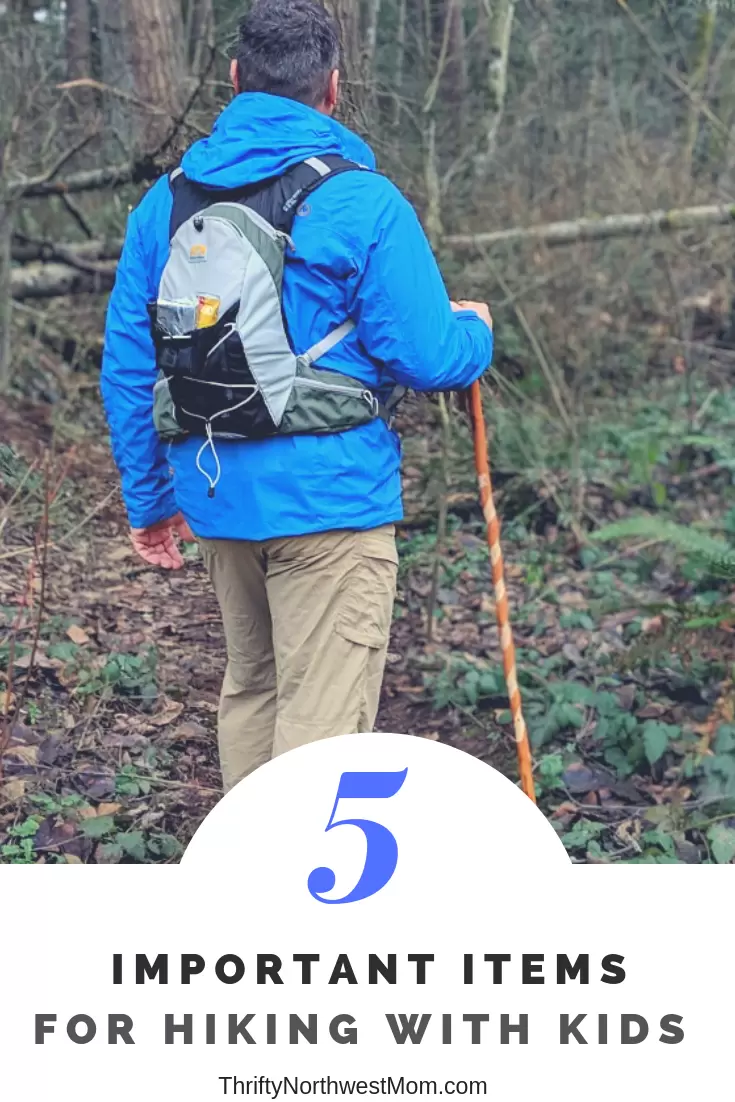
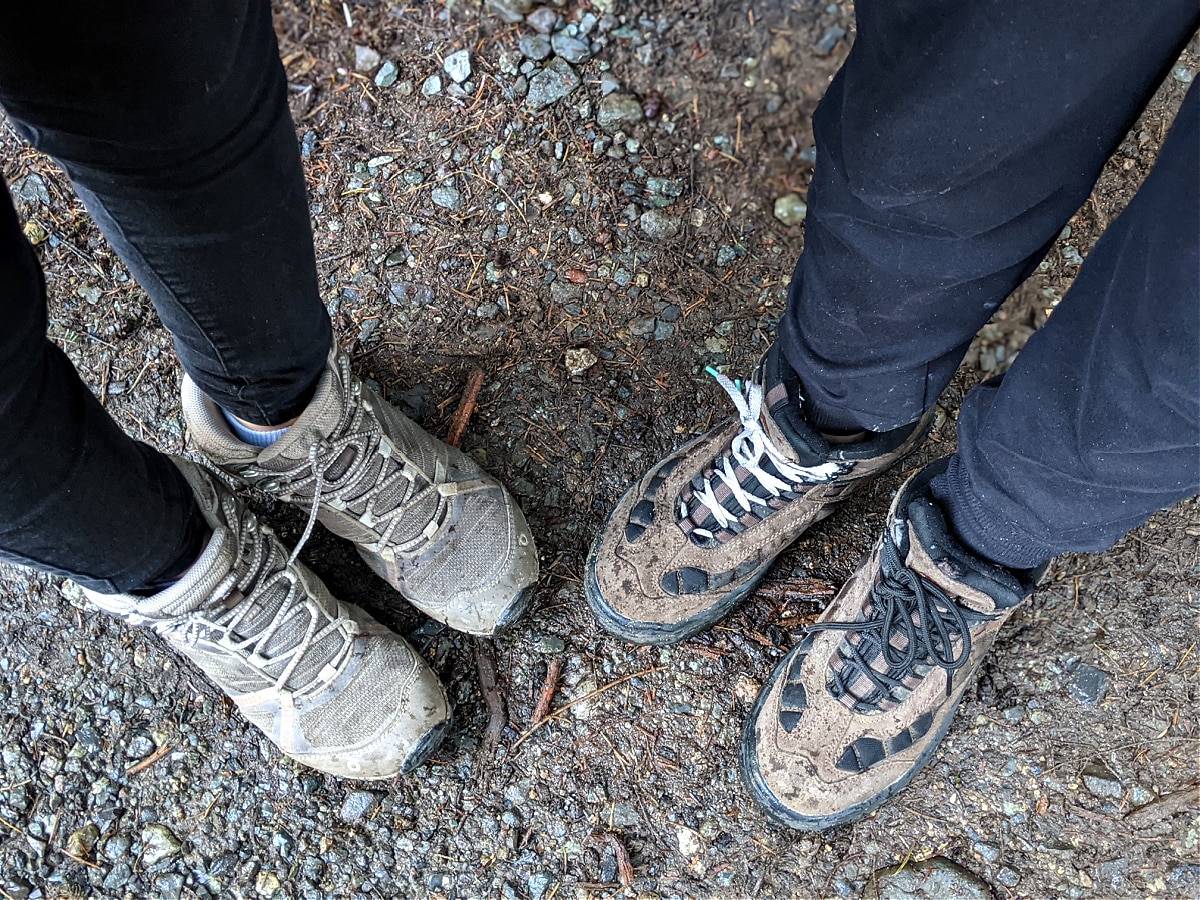
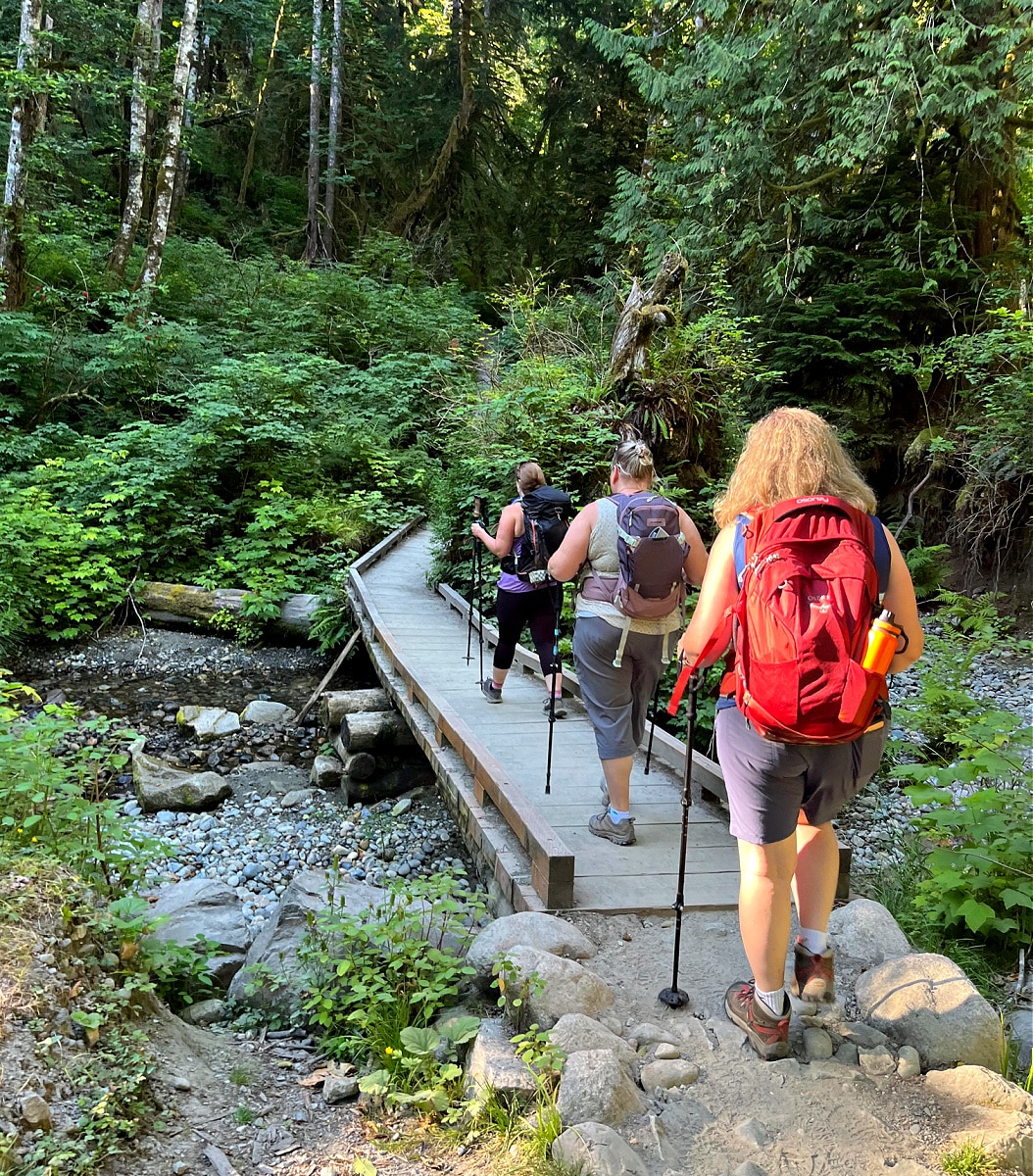
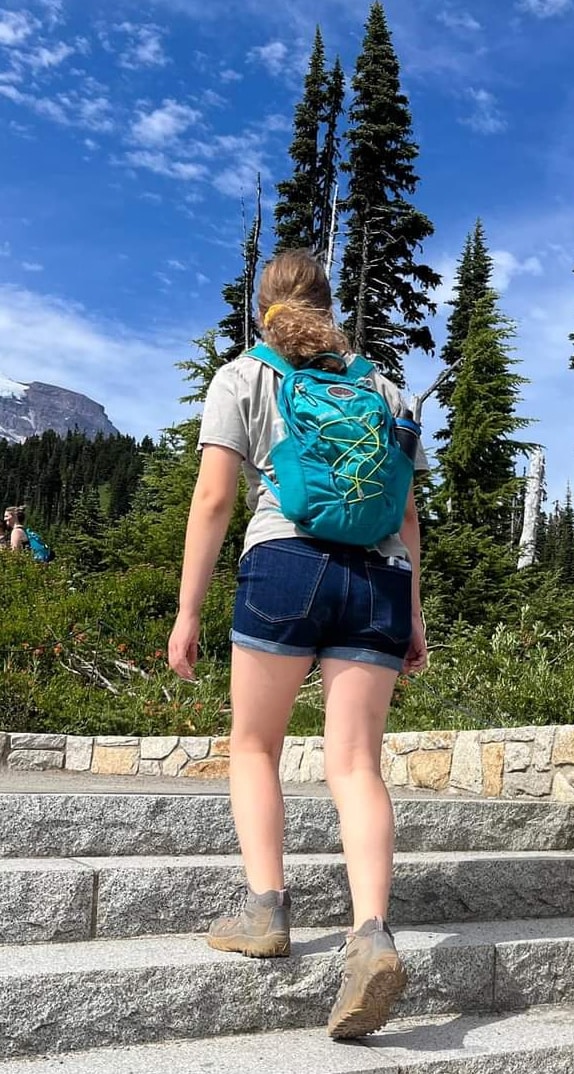
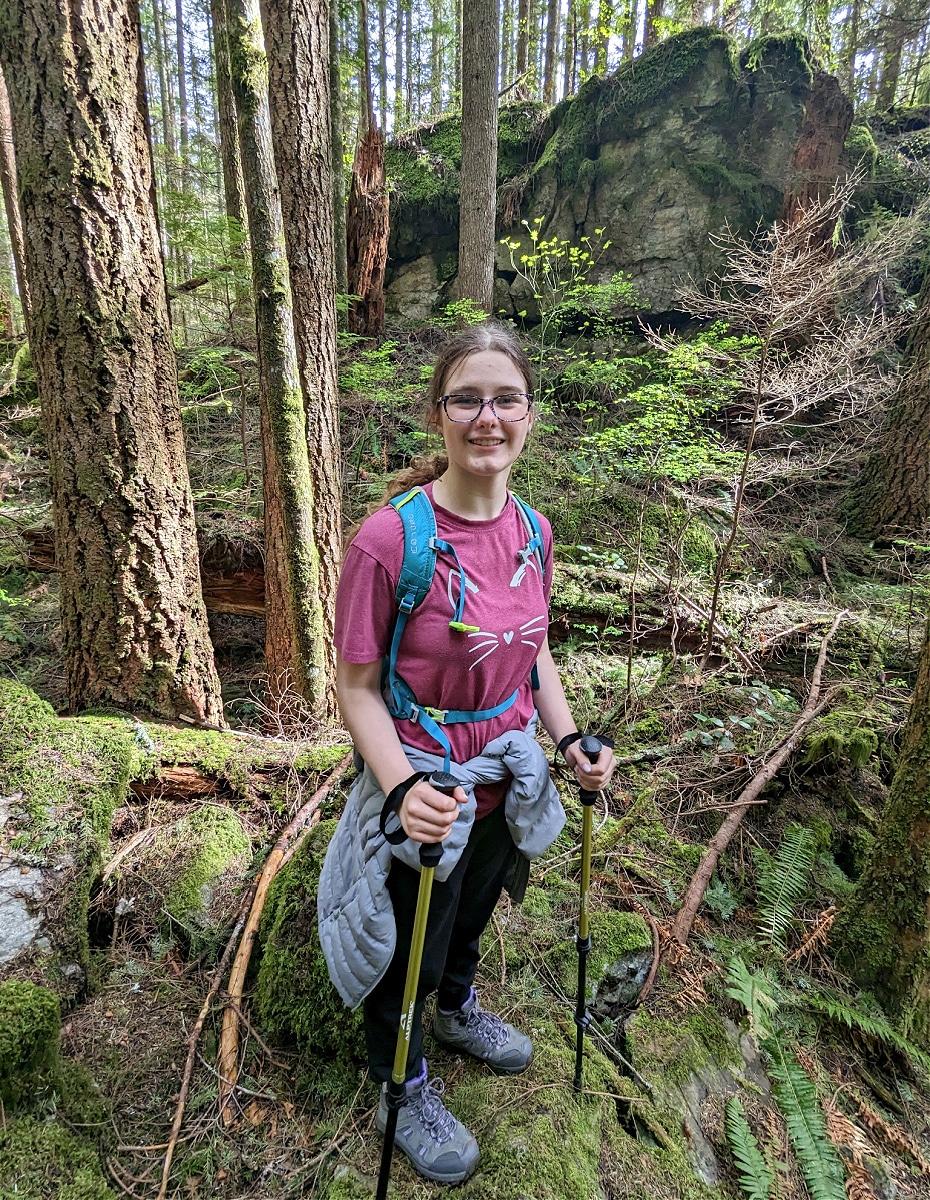
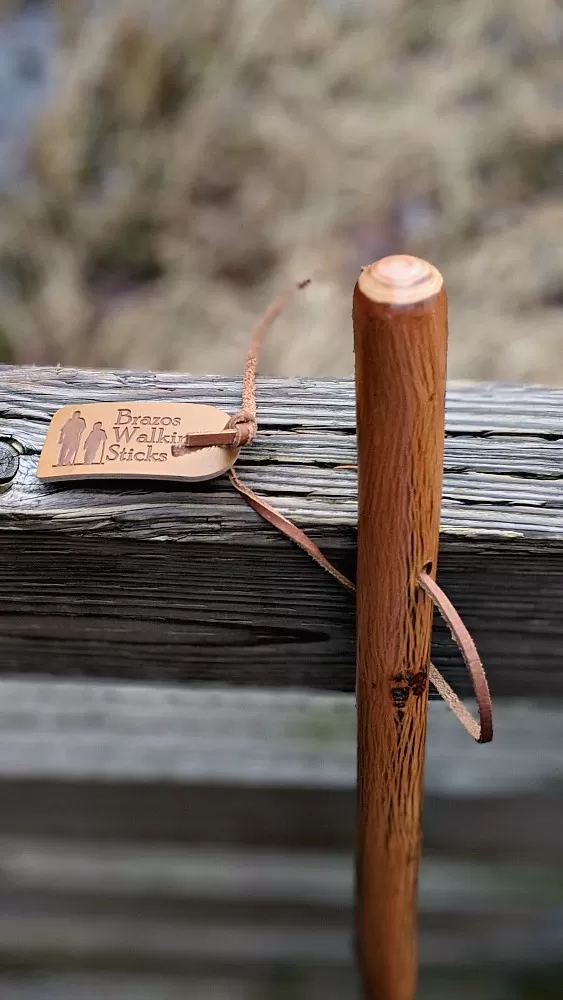

Customized walking stick?? So cool!!
Lots of treats is my addition!